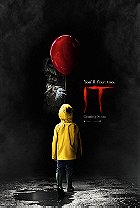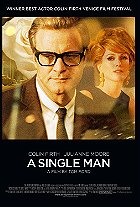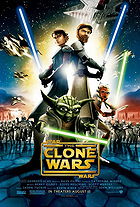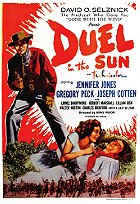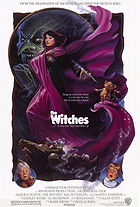With the deft mixture of body horror, gore, and irreverent humor, An American Werewolf in London could just as easily be retitled National Lampoon Takes a Stab at Hammer Horror. The results work far better than anyone could ever imagine, much of this thanks goes to the combination of director John Landis, finding a deft blend of dark humor and scares, and makeup genius Rick Baker, winner of the Oscar’s first competitive Best Makeup award for this film.
It begins fairly auspiciously, with two American college students backpacking across England and stumbling across a small pub in the Yorkshire moors. After asking one too many questions, they get expelled from the pub, attacked by a werewolf, and so it goes from there. There’s a little romance, a lot of gags that come at you sideways, and more gore than you probably remember. Case in point, the earliest dream sequences which find our hero severing a deer’s head and proceeding to eat it, or the Nazi werewolves barging in and slaughtering everyone. They hit both your funny bone for their sheer absurdity and commitment towards their Looney Tunes level of violence, and their brio of off-kilter shock value.
Truly though, An American Werewolf in London lives or dies on its ability to both shock, scare, and enrapture us. It manages all three. Sure, some of the effects are dated (the masks on the Nazi werewolves look alternately hard or rubbery), but the transformation sequence is still the Holy Grail of werewolf centric films. It isn’t just Rick Baker’s effects in this scene, which are still powerful and disturbing, but the combination of David Naughton’s anguished screams and paralyzed face and a sound effects team that amplifies the body horror through the sounds of breaking bones and other-worldly howls.
But it isn’t just this bravura set-piece that lasts in the imagination, but Griffin Dunne’s poor unfortunate sidekick. He gets killed early on, then reemerges as a member of the walking dead stuck in limbo until the werewolf is killed. The friction between his chipper vocal deliveries and penchant for wisecracking and his continual rotting make for one hell of a piece of black humor. Dunne easily steals the movie away from Naughton, and finds the right mixture of amiable buddy and avenging spirit in these scenes. This comes to a head when Dunne brings out a series of bloody and ravaged victims to confront Naughton and demand he kill himself so they can rest in the afterlife.
But then An American Werewolf in London makes its only true mistake – the ending is a muddled, rushed thing that deflates when it should hammer. The orgy of car crashes, collateral damage, explosions, and bullets is too common and not smart enough for everything that preceded it. It’s not enough to harm my enjoyment or my rating of the film, but it does standout in how it feels mundane in comparison to the more loosely tangential sequences of mordant humor or blood-spattered disturbed imagery.
 Login
Login
 Home
Home 95 Lists
95 Lists 1531 Reviews
1531 Reviews Collections
Collections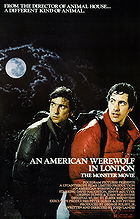
 0 comments,
0 comments, 
